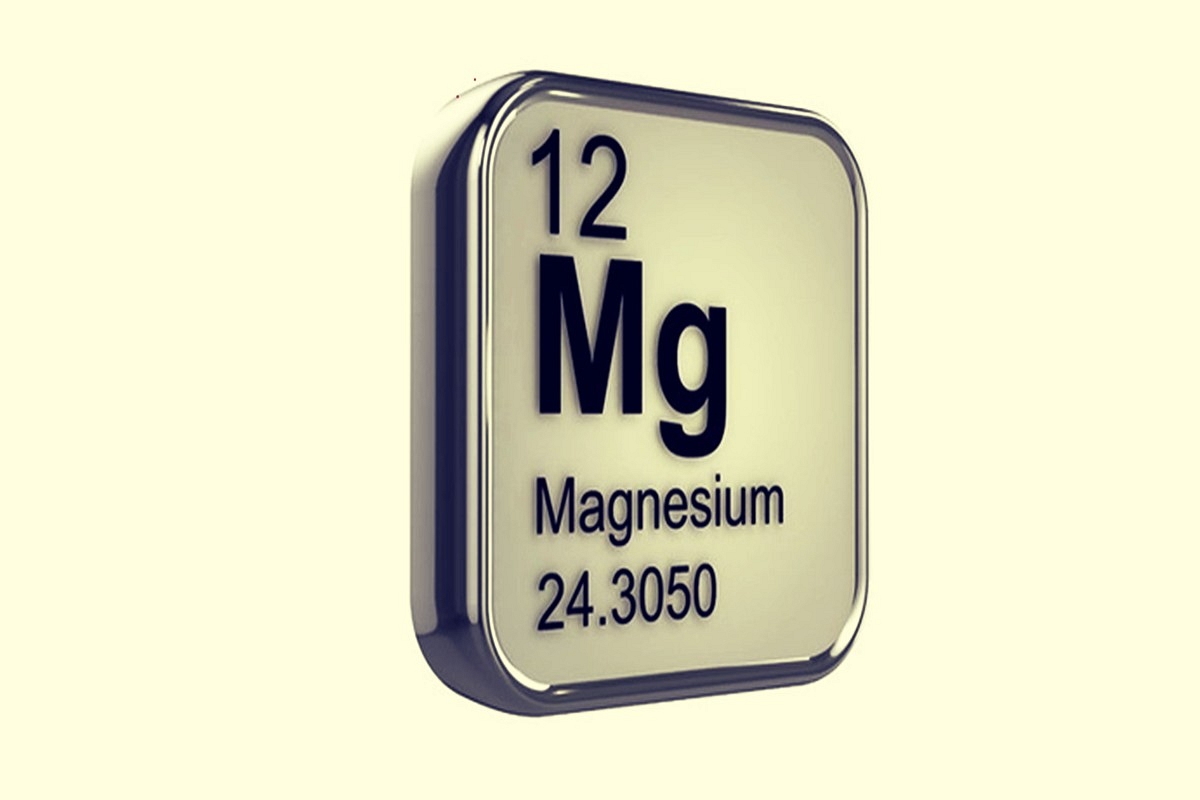Infrastructure
With China In Mind, Europe Revives Magnesium Mining After Decade-Long Hiatus

93 per cent of the EU’s magnesium is imported from China.
The global race for minerals is about to intensify, with Europe poised to resume magnesium mining for the first time in over a decade.
Romania, an EU member, recently granted a mining concession to Verde Magnesium, a Bucharest-based company supported by Amerocap, a US private equity firm.
Verde plans to inject $1 billion into reviving a dormant magnesium mine near Oradea in Western Romania and develop processing facilities powered by renewable energy, while also recycling aluminium.
The Oradea mine, which ceased operations in 2014 as the last functioning mine in Europe at that time, is anticipated to resume operations by late 2027. The aim is to achieve an annual production of 90,000 tonnes, constituting half of the EU's supply and 9 per cent of global production.
Vital Component
Magnesium is a shiny grey, very light metal that provides strength as an ingredient in aluminium and steel alloys used in aluminium cans, car wheels and airplane wings.
The mineral is the seventh most abundant element in the Earth’s crust at about 2.5 per cent and also can be produced from seawater, but smelting is more complicated and is very energy-intensive.
China dominates production, accounting for 89 per cent of the global supply. Other producers include Brazil, Russia and the United States.
Europe's Conundrum
The availability of magnesium has gained importance for Europe, which accounts for about 20 per cent of global demand, or approximately 200,000 tonnes annually, with 93 per cent of this demand currently met by Chinese imports.
By 2002, two European magnesium production sites — in Norway and France — had shuttered, partly due to competition from low-cost imports from China.
Cut to 2022, magnesium prices skyrocketed after the Chinese government’s efforts to curb power consumption reduced the output of a range of metals, including magnesium.
This ignited prices in Europe and led the EU on efforts to secure home-grown supplies. As a result, EU policymakers have identified magnesium as its second most critical raw material after Rare Earths.
The Critical Raw Materials Act, passed by the European Parliament in September 2023, sets ambitious targets for the EU's mineral strategy. It aims to mine 10 per cent of critical minerals, process 40 per cent of it and recycle 15 per cent of it by 2030.
Bernd Martens, chair of Verde Magnesium and former Audi director, remains optimistic about restarting magnesium mining, despite local opposition and environmental hurdles faced by previous projects.
In a recent development, Romania successfully defended itself in an international arbitration case brought by Canadian-listed mining group Gabriel Resources. The case sought $4.4 billion in compensation over a halted gold mine project, which faced opposition from environmental groups.
Support Swarajya's 50 Ground Reports Project & Sponsor A Story
Every general election Swarajya does a 50 ground reports project.
Aimed only at serious readers and those who appreciate the nuances of political undercurrents, the project provides a sense of India's electoral landscape. As you know, these reports are produced after considerable investment of travel, time and effort on the ground.
This time too we've kicked off the project in style and have covered over 30 constituencies already. If you're someone who appreciates such work and have enjoyed our coverage please consider sponsoring a ground report for just Rs 2999 to Rs 19,999 - it goes a long way in helping us produce more quality reportage.
You can also back this project by becoming a subscriber for as little as Rs 999 - so do click on this links and choose a plan that suits you and back us.
Click below to contribute.
Latest